What Is HDPE?
High-Density Polyethylene, commonly known as HDPE, is a thermoplastic polymer made from petroleum. Manufacturers rely on it because of its high strength-to-density ratio. You’ll find HDPE in a wide range of products, from plastic bottles to corrosion-resistant piping.
Key Properties of HDPE
HDPE stands out due to its impressive combination of features. It resists impact, chemicals, and UV radiation, making it ideal for both indoor and outdoor applications. It also maintains its shape and performance in extreme temperatures. Unlike other plastics, HDPE doesn’t crack or warp easily, even under stress.
Common Uses of HDPE
Industries across the board use HDPE for various practical applications. For example:
-
Packaging: Milk jugs, detergent bottles, and food containers often use HDPE due to its safety and durability.
-
Piping Systems: Builders choose HDPE pipes for water supply and sewage systems because they resist corrosion and leakage.
-
Plastic Lumber: HDPE serves as an eco-friendly alternative to wood in outdoor furniture, decking, and fencing.
Thanks to its versatility, HDPE has become a preferred material in construction, agriculture, and household goods.
Environmental Impact and Recyclability
HDPE offers a sustainable solution in the world of plastics. Recycling centers can easily process HDPE products. In fact, you’ll often see HDPE marked with the recycling number “2.” This material maintains its strength and quality even after recycling, which helps reduce waste and conserve resources.
Why Choose HDPE?
Choosing HDPE means choosing strength, reliability, and sustainability. Its low cost, wide availability, and eco-friendliness make it a smart choice for both manufacturers and consumers. Whether you need a lightweight material or a tough alternative to traditional options, HDPE-thermoplastic polymer delivers dependable results every time.
Be the first to review “HDPE-thermoplastic polymer” Cancel reply
Related products
Others
Others



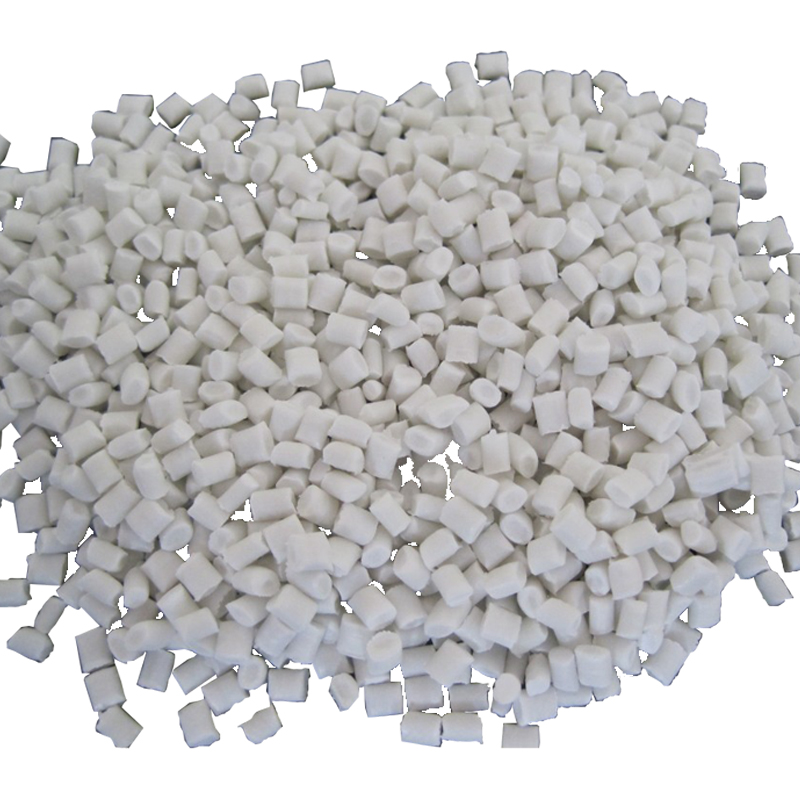
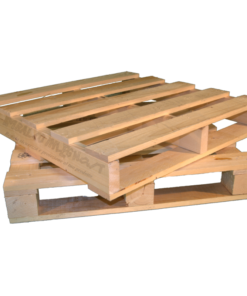


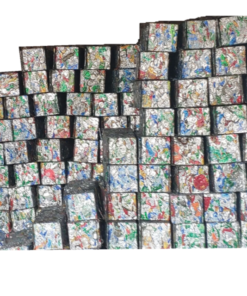


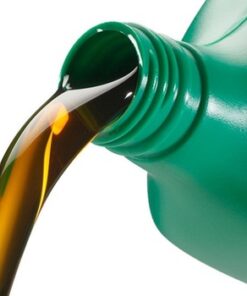
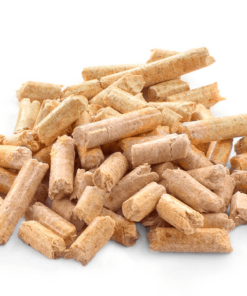

Reviews
There are no reviews yet.